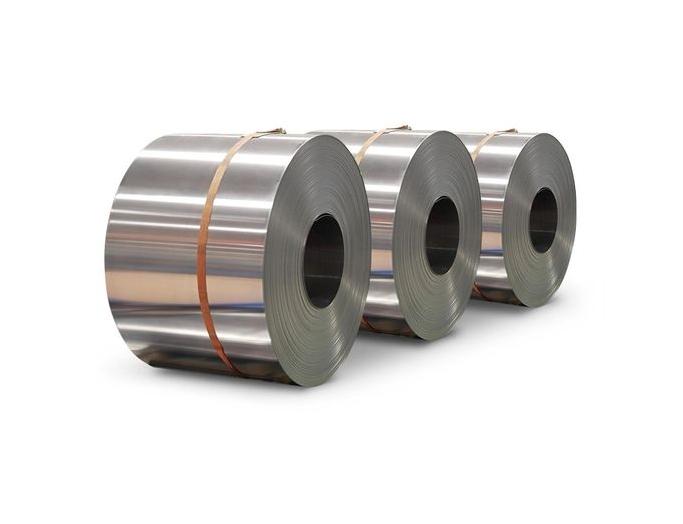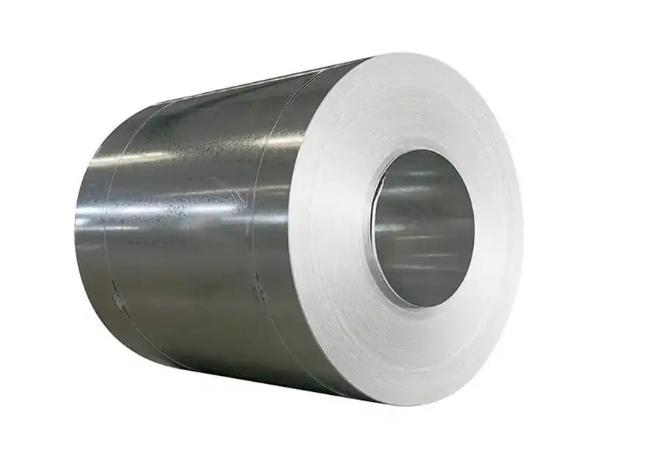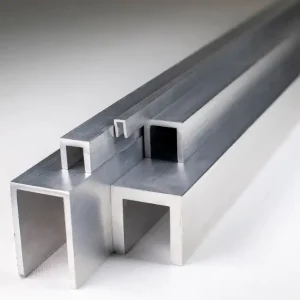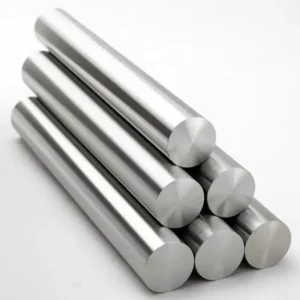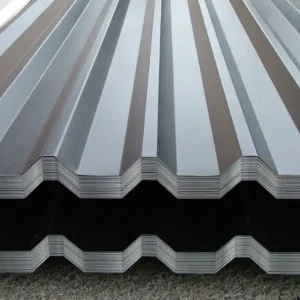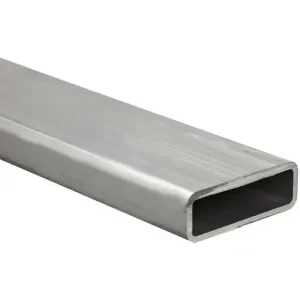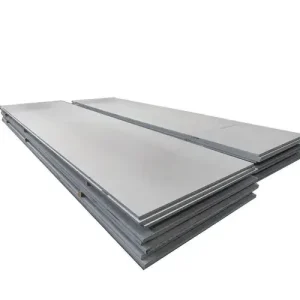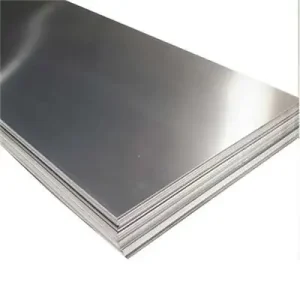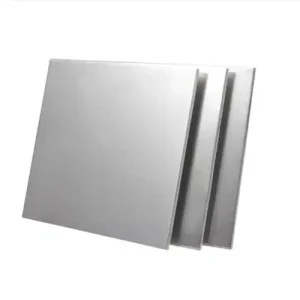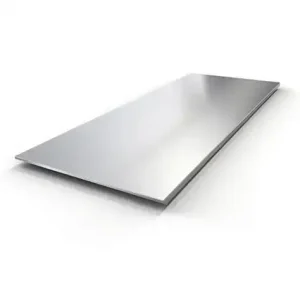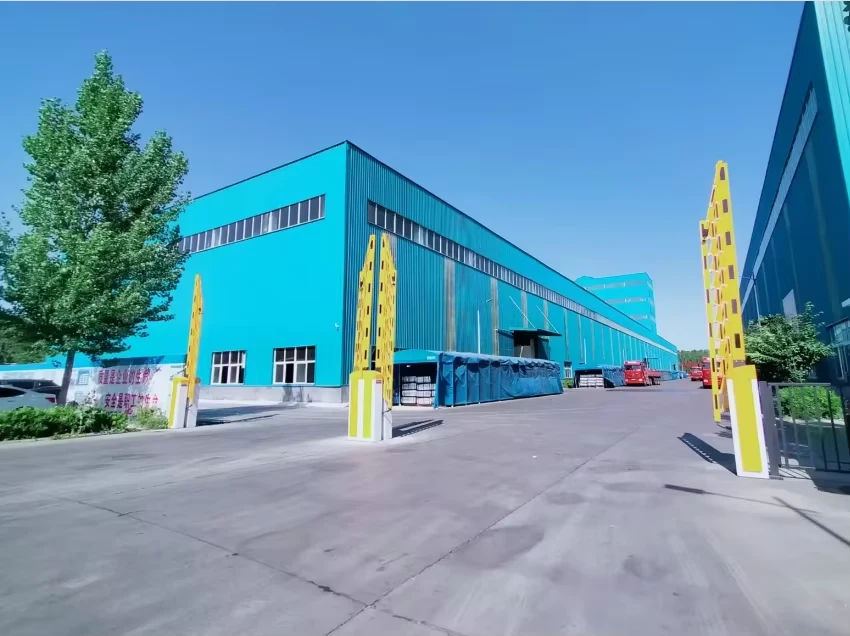Why 6063 Aluminum Coils Fail in Architectural Projects
Let’s be honest: 6063 aluminum coils aren’t just shiny metal rolls—they’re the backbone of modern façades. With tensile strength up to 186 MPa, one flawed batch can ruin skyscraper cladding. I once saw a Dubai mall project delayed 4 months because a supplier’s coils had uneven T5 tempering, causing 18% of panels to crack during installation.
Key Stat: 22% of 6063 coil defects originate from improper homogenization (±15°C deviations in cooling rates) (Aluminum Association, 2023).
Certified vs. Uncertified 6063 Suppliers: 7 Brutal Differences
| Factor | Certified Suppliers | Uncertified Suppliers |
|---|---|---|
| Alloy Verification | EN 573-3 compliance reports | Self-declared specs only |
| Temper Consistency | T5/T6 treatments logged hourly | Random sampling (if any) |
| Surface Finish | AA-M10C22A1 anodizing standards | Rough edges (Ra >0.8 µm) |
| Lead Time | 3–8 weeks with traceability | “Fast” 2 weeks (no documentation) |
⚠ Warning: Avoid suppliers skipping Brinell hardness tests—31% of flawed 6063 coils measure <60 HB (ASTM B221).
5-Step Protocol to Audit 6063 Aluminum Coil Suppliers
- Demand EN 573-3 Certificates: Verify Mg (0.45–0.9%) and Si (0.2–0.6%) via XRF guns.
- Test Bendability: Require 180° cold bending without cracking (per EN 485).
- Inspect Grain Structure: Ensure ASTM E112 grain size 5–7 for extrusion quality.
- Simulate Environmental Stress: Request salt spray test results (500+ hours).
- Verify Packaging: Confirm VCI-coated interleaving for corrosion resistance.
Real Story: I caught a Vietnamese supplier’s fake T5 certifications by cross-checking their furnace logs—they’d cut aging time by 40% to save costs!
Top 3 Costly Mistakes When Sourcing 6063 Coils
Mistake 1: Choosing price over EN AW-6063 compliance.
Fix: Calculate cost per certified meter—cheap coils often mean failed ASTM B241 hydrostatic tests.
Mistake 2: Ignoring extrusion performance data.
Solution: True 6063-T5 must withstand 25,000+ psi extrusion pressures.
Mistake 3: Assuming “mill finish” equals UV resistance.
Reality: Untreated 6063 coils degrade within 5 years in coastal climates.
Case Study: How Strict Testing Saved a High-Rise Project
When sourcing 6063-T6 coils for Shanghai Tower’s façade, the team:
- Tested 8 suppliers’ coils under 150°F thermal cycling
- Used eddy current testing to detect sub-surface voids
- Mandated real-time homogenization furnace monitoring
Result: Zero panel replacements in 3 years post-installation.
Emerging Trends in 6063 Aluminum Coil Tech
- AI-Optimized Extrusion: Hydro’s adaptive presses reduce die wear by 53%.
- Digital Twins: Novelis simulates coil behavior in hurricane-force winds.
- Sustainable Anodizing: Alcoa’s chrome-free process cuts wastewater by 81%.
Industry Insight: Suppliers without IoT-enabled homogenization systems will lose contracts by 2026 (CRU Group Report).
Checklist: 6063 Aluminum Coil Supplier Evaluation
Before finalizing orders:
✅ Validate EN 573-3 certificates (batch-specific)
✅ Confirm tensile strength ≥130 MPa via ISO 6892-1 tests
✅ Inspect coil flatness (≤0.5mm deviation over 1m)
✅ Check anodizing quality (≥10µm coating per AA-M10C22A1)
✅ Verify mill markings (EN 10204 3.1/3.2 certification)
Final Wisdom: Selecting 6063 aluminum coil suppliers isn’t about finding the cheapest option—it’s about partnering with metallurgical perfectionists. Prioritize suppliers who obsess over homogenization curves and extrusion parameters, not ones compromising on tempering logs. Remember: A supplier that debates magnesium ratios with you is worth twenty that offer “quick deals”. Now go build structures that stand tall for decades!


